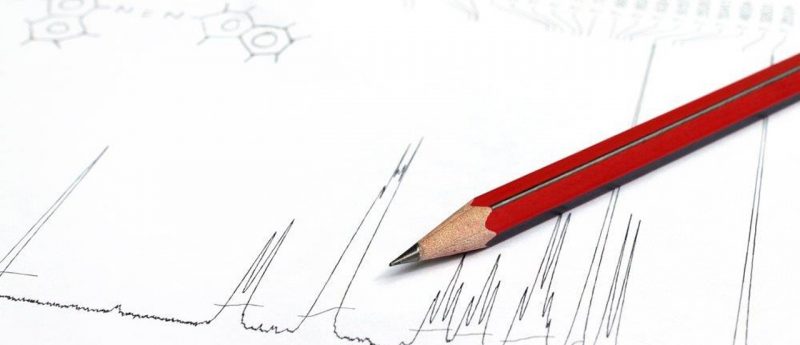Grant awarded to aid development of handheld GC tool

A researcher from the University of Texas at Arlington (UT Arlington; TX, USA,) has received a 3-year National Science Foundation grant amounting to $400,369, to develop a handheld chromatography device that could one day allow non-invasive monitoring of blood sugar levels in diabetics, via analysis of an individual’s breath.
The device is a nanoscale GC tool that separates vapors from an individual’s breath or the air. Yuze Sun (UT Arlington), assistant professor in electrical engineering, stated: “Our sensors can separate up to hundreds of vapors in complex samples and identify the ones that could be used as chemical markers.” Currently no such device exists, and the majority of GC machines are large, requiring a computer to interpret data. “Many devices like this are large and don’t always have separation capabilities to provide detection specificity,” Sun remarked.
The application of the device is not limited to respiratory gas analysis. Khosrow Behbehani (UT Arlington), dean of the College of Engineering, remarked “It can potentially have other applications such as assessing whether air for breathing is healthy in confined populated areas such as public transportation vehicles and airplanes.”
Weidong Zhou (UT Arlington), electrical engineering professor and co-principal investigator on the project, believes that the personal health care area holds the most interesting potential for the device. Zhou stated: “This is a very hot area – personalized medicine. The device can target a person’s individual healthcare needs and will have the power to detect very, very low vapor concentration because the sensors are extremely sensitive.”
“Eventually, our goal is to non-invasively monitor a person’s blood sugar level instead of having [a] diabetic prick their finger [in order] to do a blood test,” Sun commented when discussing the future perspective of the work.
Source: UT Arlington researcher’s device could detect vapors in room, environment or a person’s breath.





